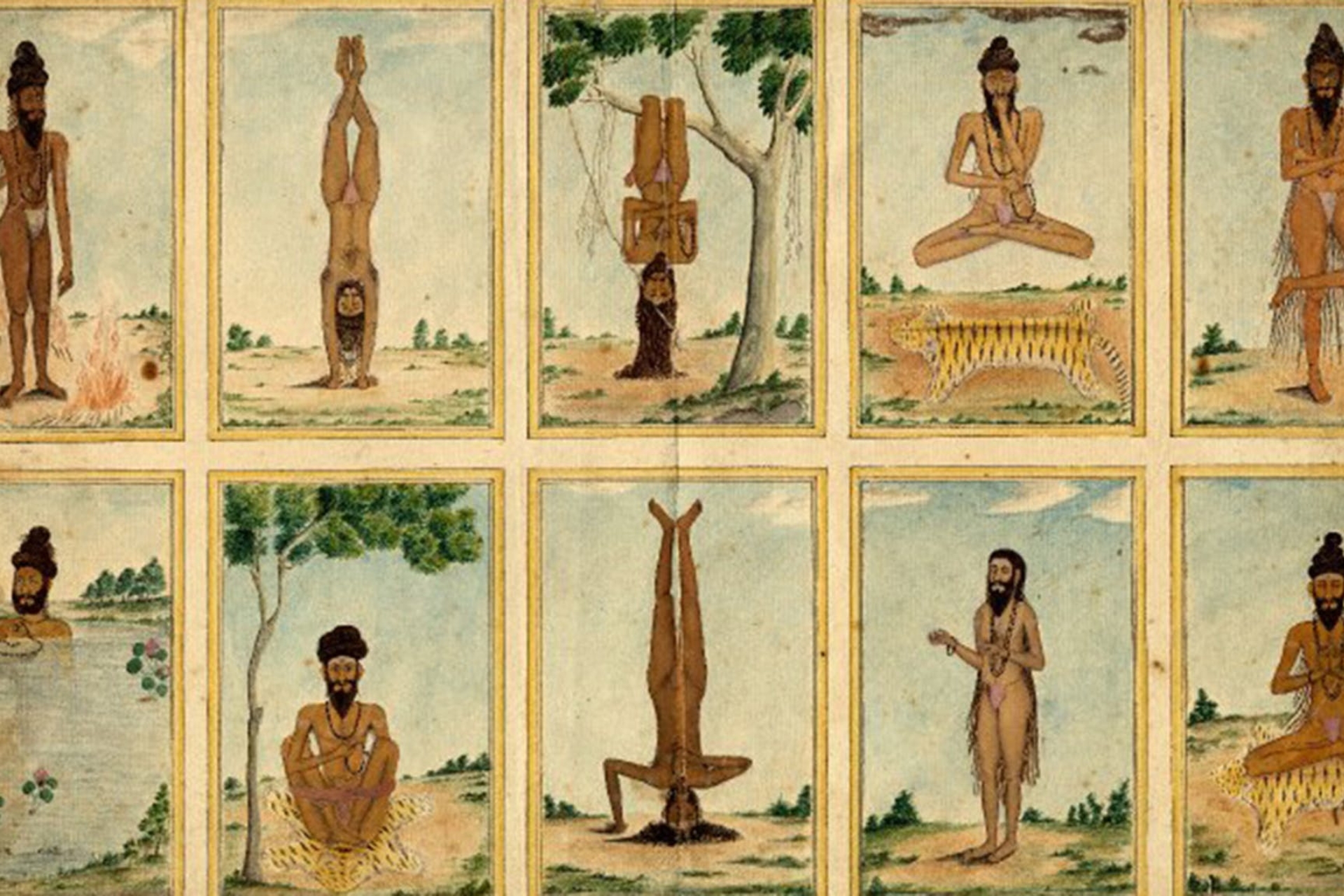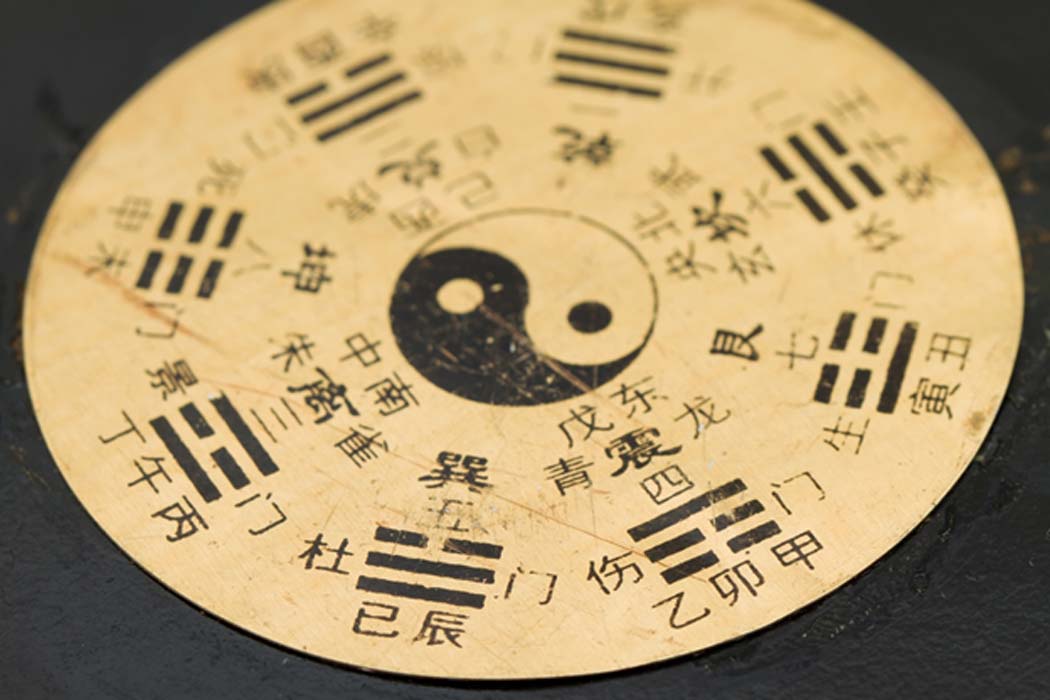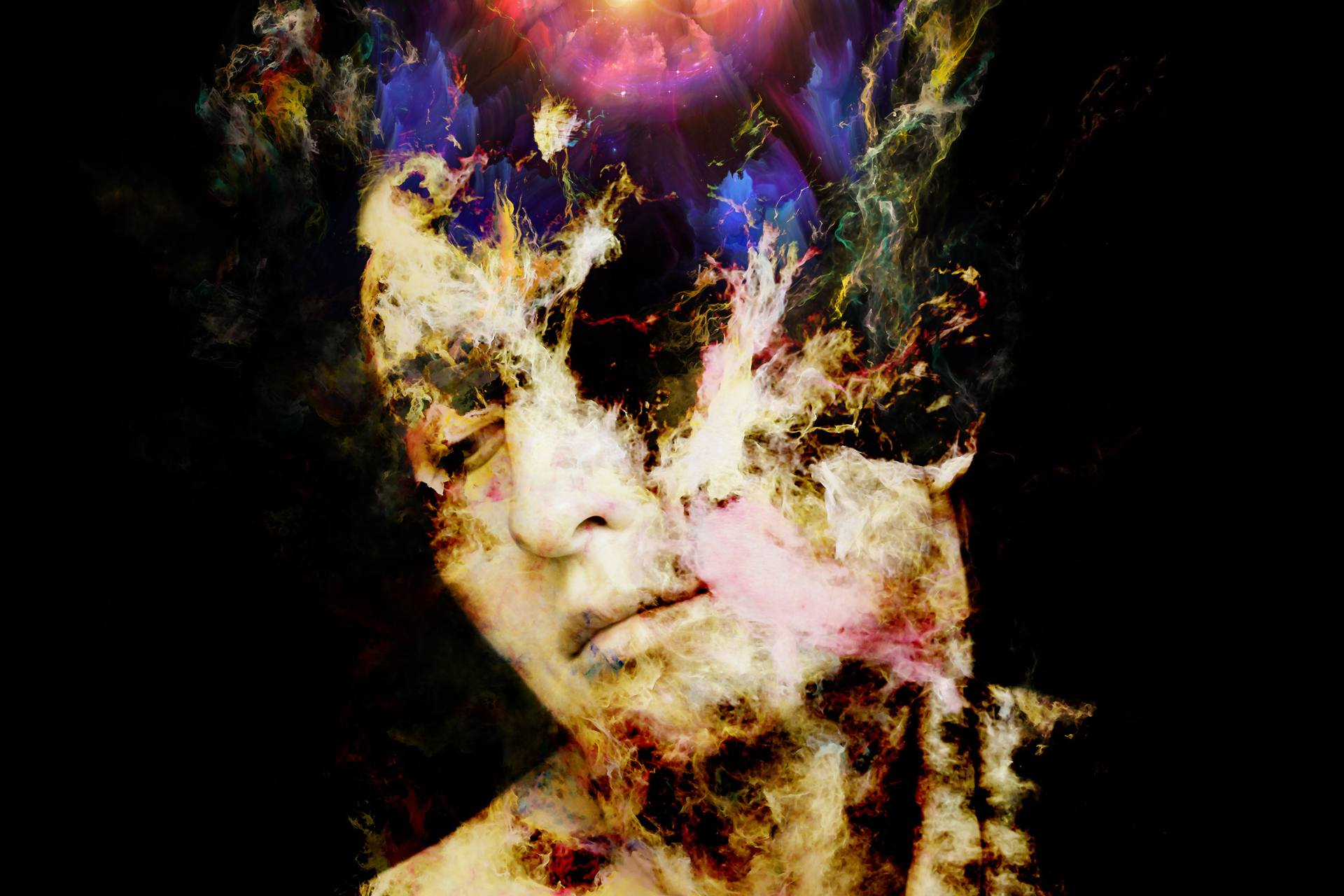In the past decade or so, yoga has grown to be quite popular and mainstream. It is not uncommon to see people with a yoga mat tucked under their arms heading to a yoga class. Yoga has become very accessible; one can attend a class in a studio, community center, gym, or at the park. Many styles are also available to the modern-day yogi: Hot Yoga, Yoga Sculpting, and even Goat Yoga!!
Yet even with these new interpretations of yoga, the original essence of yoga is present in each style of the practice.
Yoga is an ancient philosophy and has been around for thousands of years. How has yoga lasted so long? What is the underlying lesson of yoga that has sustained throughout the test of time?
To understand the present iterations of yoga, it is important to comprehend the origin and history of yoga. Its timeline will provide a clear comprehension of the modern styles of yoga we practice today.
History of Yoga
Yoga is an ancient philosophy and practice.
Historians have been able to trace the origin of yoga back more than 5,000 years. The first written texts about yoga can be found in India’s ancient books known as the Upanishads. The Vedic priests of the time used these works as reference documents to teach about wisdom, knowledge, mindfulness, and healthy living. The Bhagavad Gītā, one of the most famous of these texts, can still be read today.

Pre-Classical Era of Yoga
In this early era of yoga, one can find the basis for the original essence of yoga.
Yoga started as a textual philosophy. There were no yoga postures practiced at this time. Lessons of mindful thinking and living were taught more in a religious setting, hence the Vedic priests. The intention was to create a life free of worldly distractions to be closer to the Divine.
The yogic philosophy of the time was to steer one along an enlightened life path. It took many lessons and intense study to be more aware, gain self-knowledge, and create a direct connection to the Source of all things.
Although these teachings were written down in these now ancient texts, the spoken lessons of mindful living were sometimes viewed as confusing and inconsistent. Changes needed to be made for these important messages to be more clear.

Classical Era of Yoga
Patañjali , who is sometimes referred to as the “Father of Yoga,” contributed to the advancement of the yogic philosophy.
With many sages and masters among the original teachers of yoga, Patañjali was pivotal in creating a set of guidelines for living a healthy yogic lifestyle.
The written result was called the Yoga Sutras; it consisted of lessons and standards of self-conduct, social expression, and mindful thinking.
This helped to reduce the inconsistent lessons of yoga during the Pre-Classical Era.
The Yoga Sutras is a lyrically crafted set of teachings written in Sanskrit, the ancient language of yoga. “Sutras” means “thread” and in this case, a particular line of thinking. It was meant to guide one toward harmonious living. Having this written document also made it more accessible to the larger society in India.

Post-Classical Era of Yoga
At the time, yoga was still considered an intellectual and philosophical practice. It was also still limited to the male elite of the time and region. But India was experiencing cultural rejuvenation and an expansion in thinking. As things were changing throughout the land, so were religious practices and traditions
An important shift welcomed a new philosophy called Tantra. The Sanskrit word means “to weave,” as in weaving together a collection of thoughts rather than just one single thought as mentioned in the Sutra way of thinking.
Tantra was both a philosophy and a series of spiritual traditions that focused on the awareness and manipulation of universal energies as a source for liberation.
One of the components of the tantra philosophy involved breath work (Pranayama) and physical postures (asana). Moving and breathing were considered accessible exercises for enriching and clearing the mind of impurities; these were ways to liberate the mind.
Not only was yoga an intellectual practice, but it was also now becoming one that used the form and body.

Modern Era of Yoga
As a result of the development of this mind-body connection, Hatha Yoga emerged as a new style of yoga. In this presentation, the spiritual practice of yoga was combined with breath and movement to lead people to enlightenment.
Hatha Yoga is an ancient form of yoga that is still practiced today. Hatha can also be considered a category or a container for other styles of yoga. For example, some of the forms of yoga we practice today, like Bikram, Kripalu, Anusara, or Viniyoga are considered Hatha Yoga practices.
One of the founding fathers of this style was T. Krishnamacharya. He launched the first Hatha Yoga School in the 1920s. He was able to refine the physical practice while keeping the ancient lessons intact.
Students that followed in the footsteps of Krishnamacharya were B.K.S. Iyengar, T.K.V. Desikachar, and Pattabhi Jois; all of which introduced more systematic styles of yoga that incorporated the early yogic teachings and mindful movement. Some of these styles included Iyengar Yoga and Ashtanga Yoga: two forms of yoga that are practiced today.
Iyengar formulated a system of 200 yoga poses designed for specific bodily alignment to further enhance the healthy mind-body connection. He had a focus on healing the ailing body by using props to support the physical system. He intended to free the mind and body of mental and physical distractions to achieve enlightenment.
Pattabhi Jois was another important contributor to this Modern Era of Yoga. He integrated the ancient scriptures and the Yoga Sutras of Patañjali to develop a systematic style of yoga we know today as Ashtanga.
By the 1940s, students were attending the Ashtanga Yoga Research Institute in India. The standard and format of this form of yoga are quite rigid. It is a system of poses that are practiced in the same order each time one attends class. It helps a student to learn about dedication, determination, and discipline; components to help one stay devoted to the idea of seeking liberation in the mind and body

How Yoga Came to the West
Swami Vivekananda is known to introduce some of the early teachings of yoga to the west in the 1890s.
Although yoga was being introduced to a new society of practitioners in the late 19th century, it wasn’t until the 1950s when yoga experienced a rise in popularity. The established modern practices of Pattabhi Jois and Iyengar, for example, were making their way to the UK and US as new forms of yoga practice.

We are still in the modern age and development of yoga. These early styles and teachings of yoga have never lost their power and influence. They continue to emerge and grow. New styles of yoga, like Power Vinyasa Yoga, Anusara Yoga, and Hot Yoga, have not only grown in popularity but hold the keys to the original origins of the yoga philosophy.
Yoga continues to attract people to this practice and lifestyle. It comes in many forms: Mindfulness Meditation, Restorative Yoga, Yin Yoga, Forrest Yoga, and more. Although there are many forms from which to choose, they all hold the essence of yoga: to lead healthy, wholesome, and enlightened lifestyles – to see, feel, and experience the connection to all things, and develop a stronger connection to the Divine.

About John Cottrell Ph.D.
Educated in clinical psychology, John has combined his psychology education with a passion for fitness and the study and practice of yoga.
Based in Salt Lake City, John is a certified yoga instructor, personal trainer, sports nutritionist, and yoga therapist.
John is also author of two books, Yoga With Intention: A Journey from Awareness to Honoring and Some More Yoga, Please.
- Featured image: Ascetics Performing Tapas, South India c. 1820, The British Museum
- Bhagavad Gītā भगवद्गीता – Sanskrit manuscript, India 1824, Public Domain
- Yogi with his student. Hindi manuscript 884. Source: Wellcome Collection
- Yoga Sutra manuscript by Ms Sarah Welch – Own work, CC BY-SA 4.0, via Wikimedia Commons
- Tantrika painting. Source: Wellcome Collection. (CC BY 4.0)
- B.K.S. Iyengar in Trikonasana from Iyengar Yoga (UK)
-
Swami Vivekananda, Hindoo Monk of India, Goes Lithograph Company, Chicago. Source: Smithsonian Institution. Public Domain.



